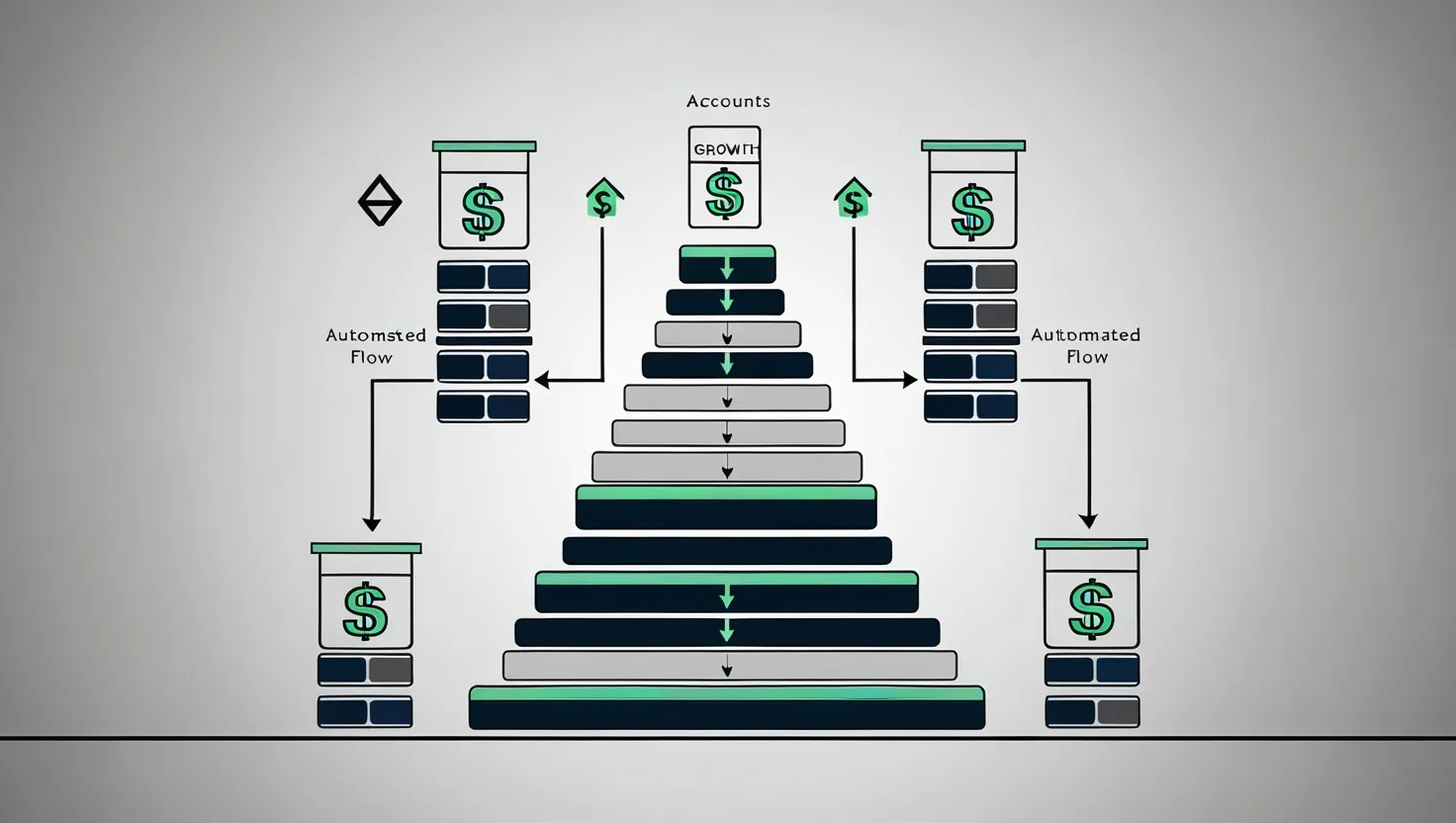In the intricate world of finance, the concept of arbitrage is well-known for exploiting price differences across various markets to generate profits. However, there’s a lesser-explored dimension to this strategy that involves leveraging the unique inefficiencies in our own thinking processes. This approach, which we can term “synaptic arbitrage,” transforms your brain’s quirks and cognitive strengths into powerful tools for financial gain.
The Power of Self-Awareness
To embark on this journey, you need to develop a deep understanding of your own cognitive landscape. This involves mapping your strengths and weaknesses, recognizing patterns in how you process information, and identifying areas where your brain excels. For instance, you might have an exceptional ability to recognize patterns in chaotic data, a skill that can be invaluable in spotting market trends that others might miss.
Self-awareness is the cornerstone of synaptic arbitrage. By understanding how your brain uniquely processes information, you can capitalize on these differences to make more informed and often unconventional investment decisions. This isn’t about overcoming cognitive biases, but rather about embracing and leveraging them.
Identifying Cognitive Strengths
Let’s consider an example. Imagine you have an unusual ability to foresee second-order effects, which are the indirect consequences of a particular event or decision. In financial markets, this skill can be a goldmine. For instance, if a major tech company announces a new product, most investors will focus on the immediate impact on the company’s stock price. However, someone with your skillset might predict how this new product will affect the entire industry, including suppliers and competitors, and make investment decisions based on these insights.
Another example could be your proficiency in pattern recognition. In a sea of financial data, you might spot a subtle trend that others have overlooked. This could be a correlation between a specific economic indicator and the performance of a particular stock or sector. By acting on this insight, you can make trades that others are not yet aware of, giving you a significant edge in the market.
Leveraging Blind Spots
While cognitive strengths are crucial, it’s equally important to acknowledge and leverage your blind spots. Everyone has areas where their thinking is less clear or where they tend to make consistent mistakes. Recognizing these blind spots allows you to develop strategies that mitigate their impact or even turn them into opportunities.
For example, if you know you tend to be overly optimistic about certain types of investments, you can set up a system of checks and balances to ensure you’re not making impulsive decisions. This could involve consulting with a more cautious advisor or setting strict risk management parameters.
Personalized Strategies
Synaptic arbitrage is all about creating a personalized strategy that aligns with your unique cognitive profile. This means you’re not following a one-size-fits-all approach but instead, you’re tailoring your investment decisions to your brain’s specific quirks and strengths.
Imagine you’re particularly good at handling stress and making decisions under pressure. This could make you well-suited for high-frequency trading or other fast-paced investment strategies where quick decisions are crucial. On the other hand, if you excel at long-term planning and strategic thinking, you might focus more on value investing or long-term portfolio management.
The Role of Technology
While your brain is the primary tool in synaptic arbitrage, technology plays a significant supporting role. Advanced algorithms and data analytics can help you identify patterns and trends that might be too subtle for the human eye to detect. By combining your cognitive strengths with the power of technology, you can create a formidable system for spotting and exploiting market inefficiencies.
For instance, you could use machine learning algorithms to analyze large datasets and identify correlations that align with your pattern recognition skills. Or, you might use trading software that alerts you to potential arbitrage opportunities based on your predefined criteria, allowing you to act swiftly and decisively.
Market Efficiency and Liquidity
Traditional arbitrage helps maintain market efficiency by correcting price discrepancies across different markets. Similarly, synaptic arbitrage contributes to market efficiency but from a more personal and nuanced perspective. By leveraging your unique cognitive abilities, you’re bringing a fresh set of eyes to the market, which can help uncover inefficiencies that others might overlook.
This approach also enhances market liquidity. When you make trades based on your unique insights, you’re providing additional market activity that helps keep prices more aligned with true market values. This increased liquidity benefits not just you but the entire market ecosystem.
Risk Management
While synaptic arbitrage offers significant potential for financial gain, it’s crucial to manage risks effectively. This involves understanding the potential downsides of your cognitive strengths and weaknesses and setting up strategies to mitigate them.
For example, if you’re prone to overconfidence in your pattern recognition abilities, you might set up a system of independent verification for your trades. This could involve consulting with other analysts or using automated systems to validate your findings before making a trade.
Execution and Adaptation
The key to successful synaptic arbitrage is not just in identifying opportunities but also in executing trades efficiently. This requires a combination of quick decision-making, access to real-time market data, and the ability to adapt to changing market conditions.
Imagine you’ve identified a potential arbitrage opportunity based on your unique insight into second-order effects. To capitalize on this, you need to act swiftly, possibly using automated trading systems to execute the trade before the opportunity disappears. At the same time, you must remain adaptable, ready to adjust your strategy as new information becomes available.
The Future of Financial Analysis
As financial markets become increasingly complex and interconnected, the role of synaptic arbitrage is likely to grow. By leveraging the unique inefficiencies in our thinking processes, we can uncover opportunities that traditional analysis might miss.
This approach also underscores the importance of diversity in financial analysis. Just as diverse teams bring different perspectives to problem-solving, diverse cognitive profiles can uncover a wider range of market inefficiencies. In the future, we might see more emphasis on cognitive profiling and personalized investment strategies as tools for gaining a competitive edge in the markets.
Conclusion
Synaptic arbitrage is a revolutionary approach to financial analysis that turns your brain’s unique quirks and strengths into powerful tools for market insight. By mapping your cognitive landscape, leveraging your strengths, and mitigating your weaknesses, you can create a personalized strategy that capitalizes on the inefficiencies in your own thinking processes.
This isn’t just about making money; it’s about enhancing market efficiency and contributing to the overall health of the financial ecosystem. As you embark on this journey, remember that self-awareness is your greatest asset, and your brain’s unique processing abilities are the keys to unlocking unprecedented financial gains.






